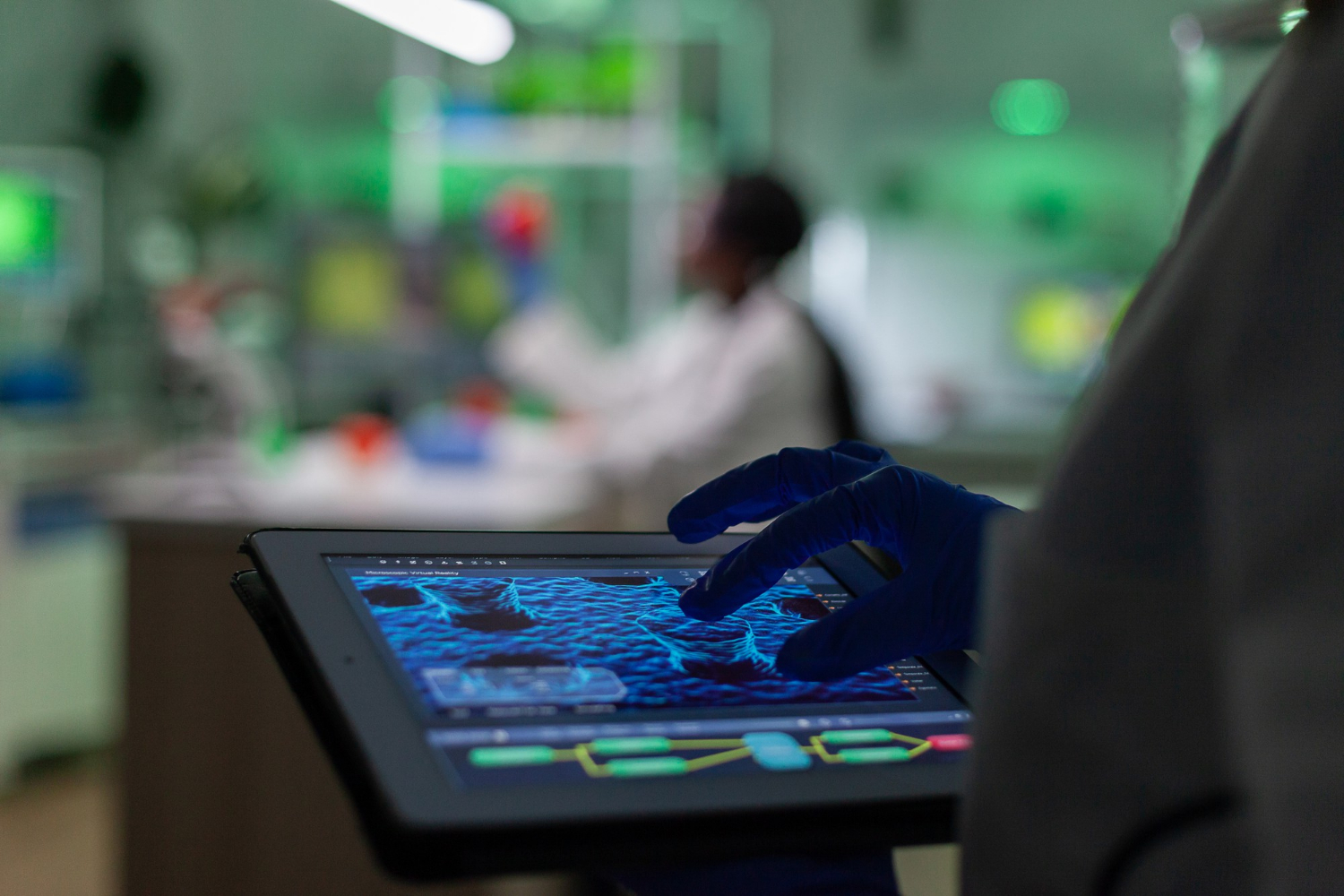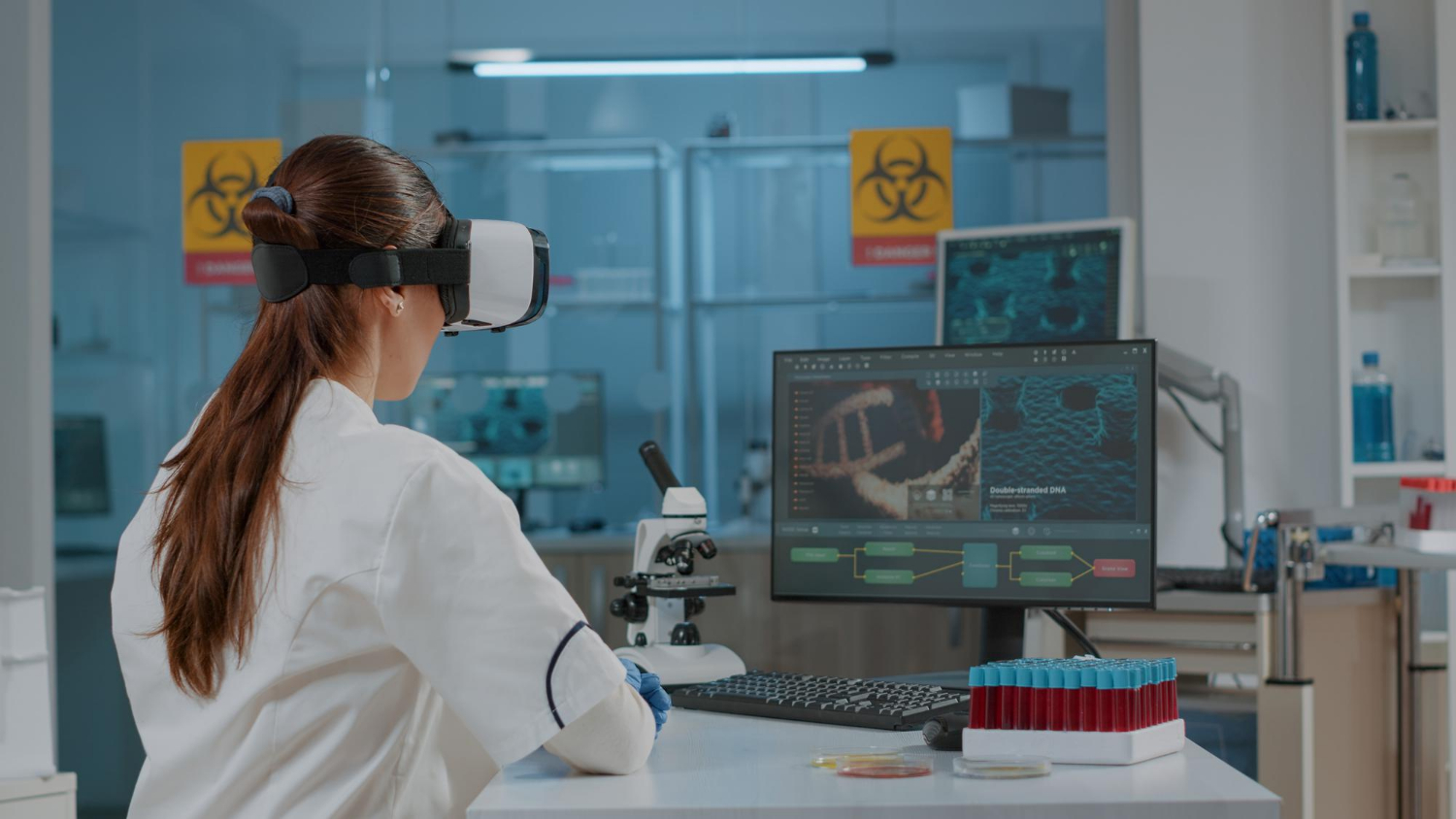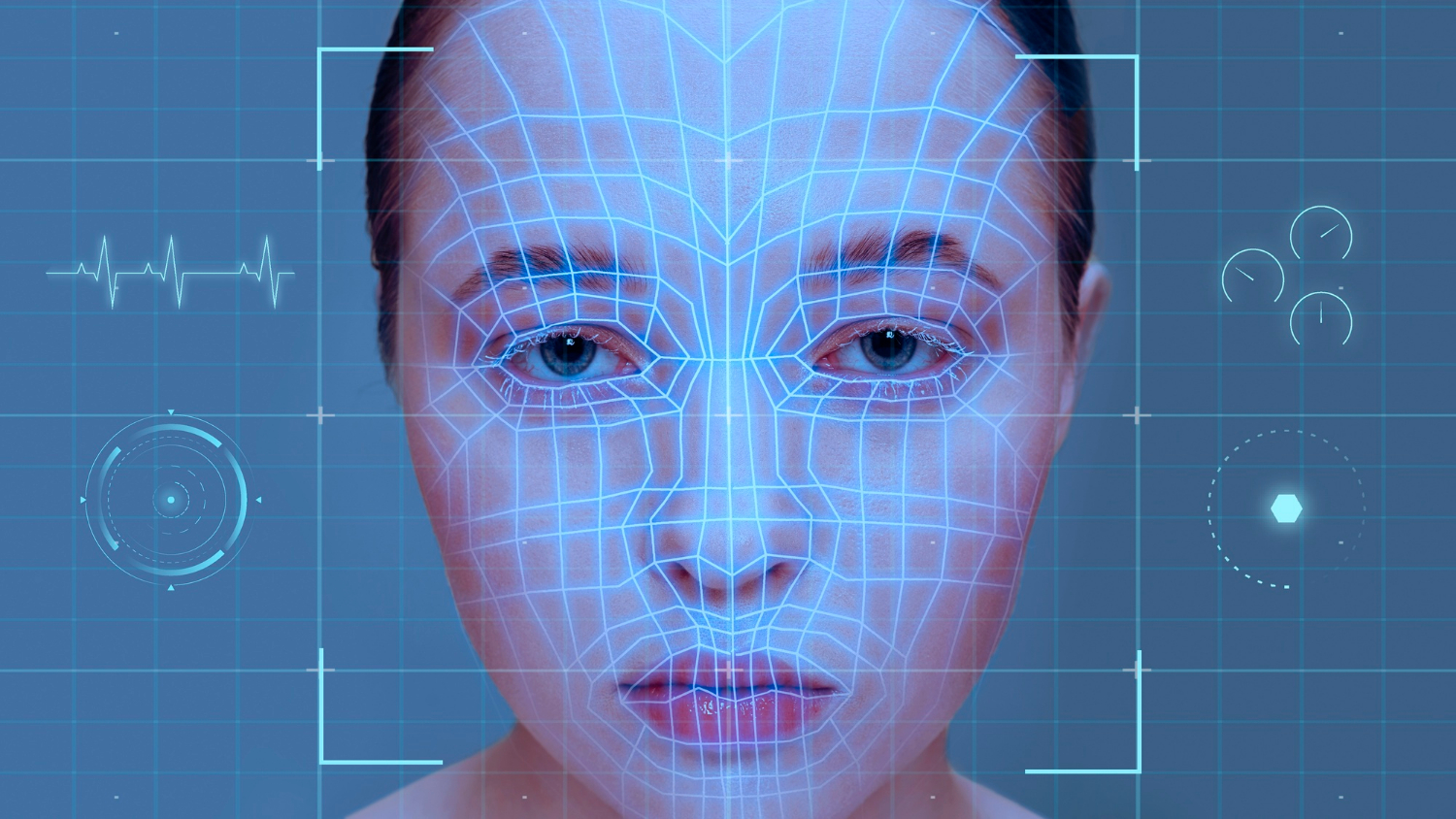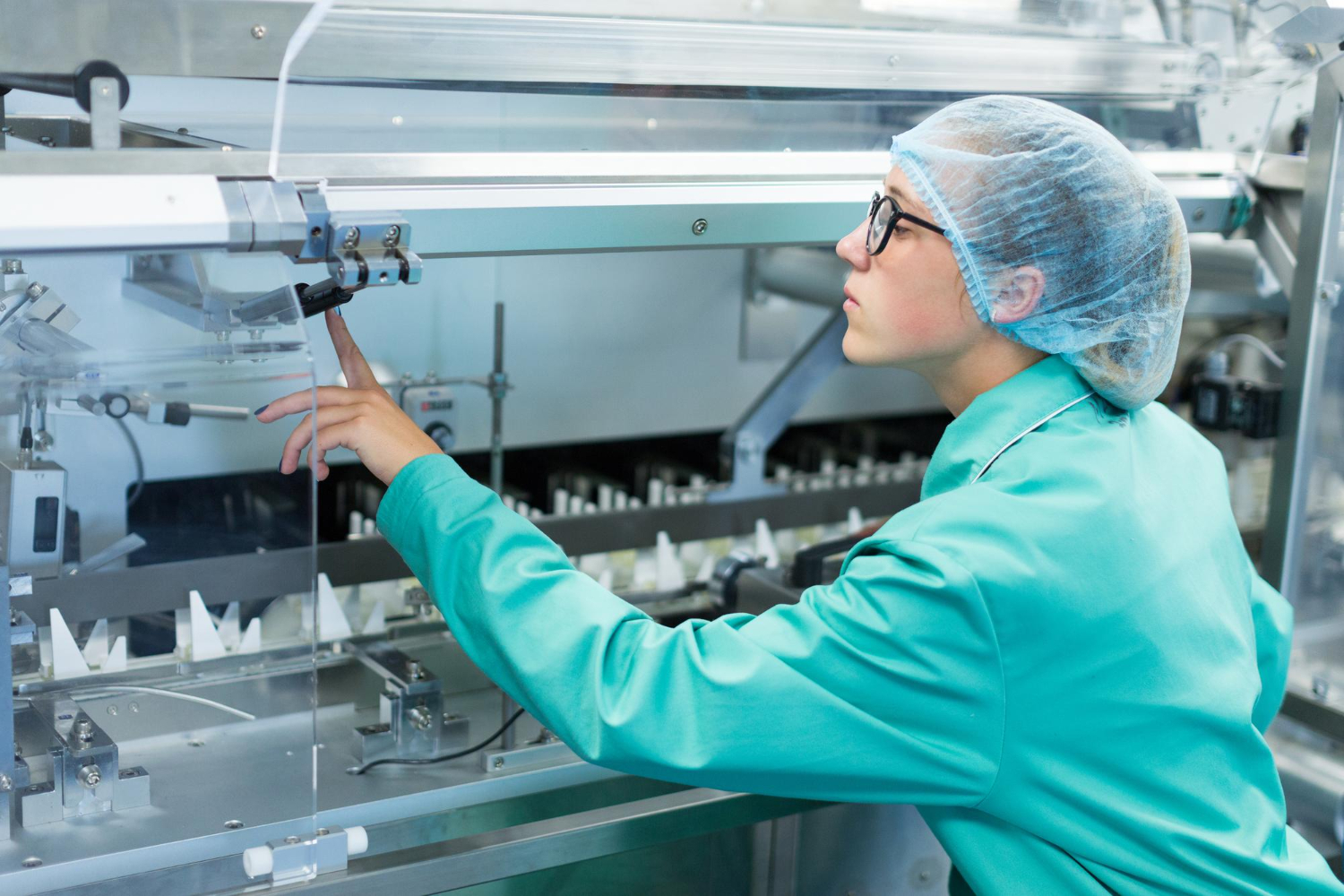Scalable image analysis is transforming research and development in the biotechnology industry and pharmaceutical industry. Modern biotechnology depends on accurate imaging to study living organisms and molecular biology processes. As experiments grow in size and complexity, traditional image processing methods cannot keep up. High-throughput systems and real-time analysing now make large-scale studies possible.
Why Scalable Image Analysis Matters
Biotech and pharma rely on imaging for critical decisions. Cell imaging reveals how compounds interact with living organisms. Molecular biology studies require detailed visual data to understand protein structures and genetic behaviour. When thousands of samples need analysis, speed and accuracy become essential.
Large-scale experiments generate full-size images that demand advanced processing. Manual methods are slow and prone to error. Scalable image analysing automates these tasks, reducing time and improving reliability. Researchers can process data from a wide range of sources without delays, supporting faster drug discoveries and better outcomes.
The Role of Modern Biotechnology
Modern biotechnology integrates imaging with computational tools. High-resolution cameras capture detailed cell structures. Image processing algorithms interpret these visuals in real time. This approach supports research and development across multiple domains, from genetic engineering to drug testing.
The biotechnology industry uses scalable image analysing to monitor cell growth, detect anomalies, and validate experimental results. Pharmaceutical companies apply these techniques to screen compounds and predict efficacy. High-throughput imaging processes large datasets quickly, enabling rapid decision-making.
Read more: Real-Time Vision Systems for High-Performance Computing
How Image Processing Works in Large-Scale Studies
Image processing involves several steps. First, systems capture full-size images using advanced sensors. These images are then segmented to isolate regions of interest.
Algorithms measure features such as shape, colour, and intensity. Machine learning models classify patterns and predict outcomes.
High-performance computing supports these operations. Multiple cores in processors handle parallel tasks, speeding up analysis. Random access memory stores temporary data for quick access. Control units coordinate data and instructions across the computer system, ensuring smooth workflows.
Real-time processing is vital. When data is analysed instantly, researchers can adjust experiments on the fly. This flexibility improves efficiency and reduces waste. Scalable image analysing makes this possible by combining state-of-the-art hardware with intelligent software.
Applications in Drug Discoveries
Drug discoveries depend on accurate imaging. Pharmaceutical companies test thousands of compounds to identify potential treatments. Scalable image analysis accelerates this process. High-throughput systems screen samples quickly, and algorithms detect subtle changes in cell behaviour.
Regulatory bodies such as the Food and Drug Administration (FDA) and the National Institutes of Health require rigorous validation. Automated image processing ensures compliance by providing consistent and documented results. This transparency builds trust and speeds approval.
Real-time analysis also supports adaptive trials. Researchers can modify protocols based on immediate feedback, improving success rates. Scalable systems handle large volumes of data without compromising accuracy, making them essential for modern drug development.
Read more: AI-Driven Drug Discovery: The Future of Biotech
Benefits for the Pharmaceutical Industry
The pharmaceutical industry gains several advantages from scalable image analysis:
-
Speed: High-throughput systems process thousands of images in minutes.
-
Accuracy: Automated algorithms reduce human error.
-
Scalability: Systems handle large-scale experiments without delays.
-
Compliance: Consistent documentation meets regulatory standards.
These benefits make scalable image analysing a strategic priority for biotech and pharma companies.
State-of-the-Art Technologies Driving Change
State-of-the-art imaging technologies combine hardware and software innovations. High-resolution sensors capture detailed visuals. Advanced algorithms interpret these images with precision. Machine learning models improve predictions over time, adapting to new data.
Edge computing enhances performance by processing data locally. This reduces latency and improves reliability. When combined with high-performance processors and sufficient memory, edge systems deliver real-time results even in remote locations.
Cloud platforms also play a role. They store large datasets and enable collaboration across global teams. Researchers can access full-size images and analyse tools from anywhere, supporting flexible workflows.
Read more: AI Vision for Smarter Pharma Manufacturing
Advanced Imaging for Molecular Biology Research
Molecular biology studies depend on precise imaging. Researchers need to observe interactions at the cellular level and track changes over time. Scalable image processing supports these tasks by handling large volumes of data quickly.
High-throughput systems capture thousands of full-size images in a single session. Algorithms then interpret these visuals in real time, providing immediate insights.
This capability is vital for experiments involving living organisms. Cells respond to stimuli in seconds, and delays in analysing can lead to missed observations. Real-time image processing records and evaluates every detail. Researchers can adjust conditions instantly, improving accuracy and reducing wasted resources.
Modern biotechnology uses these tools to study protein folding, gene expression, and metabolic pathways. Automated systems handle repetitive tasks, freeing scientists to focus on interpretation and strategy. As datasets grow, scalable solutions become essential for maintaining efficiency.
Large-Scale Imaging in Pharmaceutical Research
The pharmaceutical industry faces increasing pressure to deliver new treatments faster. Drug discoveries require screening thousands of compounds against multiple targets. Each test generates images that must be analysed for changes in cell behaviour. Manual methods cannot keep pace with this demand.
Scalable image analysis enables large-scale screening. High-throughput platforms process data from a wide range of experiments without delays. Real-time feedback allows researchers to identify promising candidates early. This reduces the number of failed trials and accelerates development.
Regulatory compliance adds complexity. Agencies such as the Food and Drug Administration (FDA) and the National Institutes of Health expect detailed documentation. Automated image processing ensures consistency and accuracy, meeting these standards. Pharmaceutical companies gain confidence that their results are reliable and audit-ready.
Read more: The Impact of Computer Vision on The Medical Field
State-of-the-Art Imaging Technologies
State-of-the-art imaging systems combine advanced optics with intelligent software. High-resolution sensors capture intricate details of cells and tissues. Image processing algorithms segment and classify these visuals with precision. Machine learning models improve performance by learning from previous data.
Edge computing enhances these capabilities. By processing data locally, systems reduce latency and improve reliability. This situation becomes critical for environments with limited network connectivity or where immediate decisions require attention. Factories, laboratories, and clinical settings benefit from this approach.
Cloud platforms complement edge systems by storing large datasets and enabling collaboration. Researchers can access full-size images and analysis tools from anywhere. This flexibility supports global projects and accelerates innovation.
Real-Time Analysis for Adaptive Research
Real-time analysis changes how research and development operate. Instead of waiting for batch processing, scientists receive instant results. This allows researchers to modify conditions in adaptive experiments based on immediate feedback. For example, if a compound shows unexpected toxicity, researchers can halt testing and redirect resources.
Adaptive research improves efficiency and reduces costs. It also enhances safety by identifying risks early. Scalable image analysis makes this possible by combining high-performance hardware with intelligent algorithms. The result is a system that responds as fast as the science demands.
Building Resilient Imaging Workflows
Resilience is essential in large-scale imaging projects. Systems must handle sudden increases in data without slowing down. Scalable image analysing achieves this by distributing workloads across multiple processors and using efficient memory management. Real-time processing ensures that even peak demand does not cause delays.
Researchers benefit from consistent performance. They can run high-throughput experiments knowing that image processing will keep pace. This reliability supports critical tasks such as drug screening and molecular biology studies. When workflows remain stable, teams save time and reduce operational risks.
Automation strengthens resilience further. Automated pipelines manage repetitive tasks like image segmentation and feature extraction. This reduces human error and improves accuracy. Combined with adaptive algorithms, these pipelines adjust to changing conditions without manual intervention.
Future systems will integrate predictive analytics to anticipate workload spikes. They will allocate resources dynamically, maintaining speed and precision. These improvements will make scalable image analysis even more dependable for biotech and pharmaceutical research.
Read more: High-Throughput Image Analysis in Biotechnology
Challenges in Scaling Image Analysis
Scaling image analysis is not without challenges. Large datasets require significant storage and computing power. Integrating new systems with existing workflows can be complex. Staff may need training to use advanced tools effectively.
Solutions include investing in modular platforms that grow with demand. High-performance processors and sufficient memory ensure smooth operations. Automated pipelines reduce manual intervention, improving consistency. Training programmes build confidence and competence among researchers.
Collaboration with technology providers also helps. Vendors offer expertise in system design and integration, reducing implementation time. Partnerships with academic institutions support knowledge exchange and innovation.
Future Trends in Biotech and Pharma Imaging
The future of scalable image analysis looks promising. Advances in molecular biology will demand even more detailed imaging. High-resolution sensors will capture richer data, and algorithms will become smarter. Real-time analysis will become standard, supporting adaptive research and personalised medicine.
Integration with robotics will enable automated sample handling and imaging. AI-driven models will predict outcomes and optimise protocols. These trends will make research and development faster, safer, and more efficient.
How TechnoLynx Can Help
TechnoLynx supports biotech and pharmaceutical companies in adopting scalable image analysis. We design solutions that combine high-throughput imaging, advanced algorithms, and real-time processing. Our solutions handle large-scale experiments with ease, ensuring accuracy and compliance.
We provide state-of-the-art software solutions tailored to your needs. Our team integrates scalable image analysis into existing workflows and offers ongoing support. With TechnoLynx, you gain a partner committed to improving speed, reliability, and innovation in research and development.
Contact us to start collaborating now!
Image credits: Freepik













